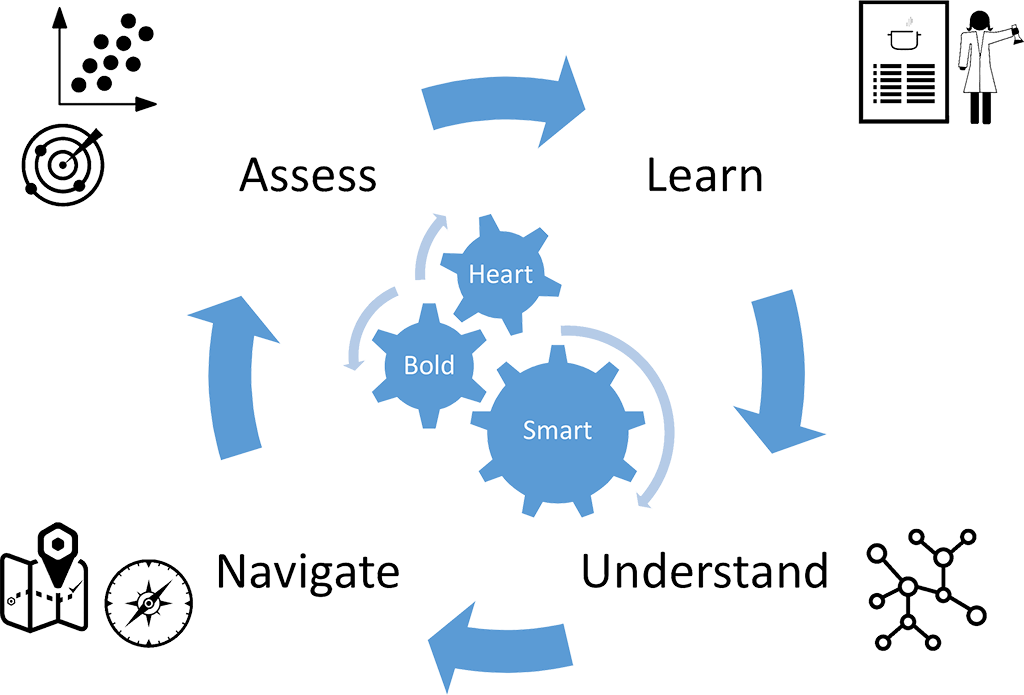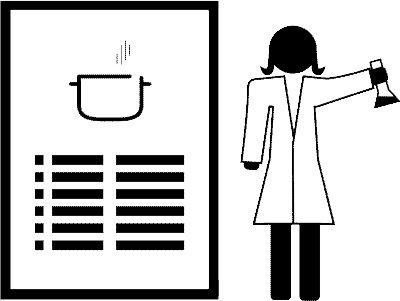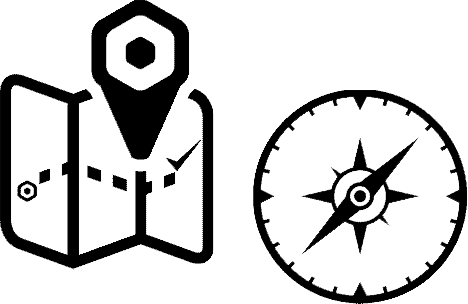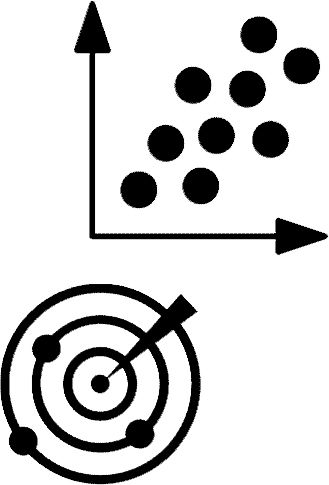

Lean Forward is about creating learning organizations. At the core of this change is the LUNA Meaningful Learning Loop.
LUNA is for the 4 team habits that the loop helps you establish:
- Learning through data scouting and experimenting.
- Understanding through modelling, measuring and simulating.
- Navigating to get a direction and way of measuring progress.
- Assuming as the core activity of exploring.
It has been developed from years of experience practicing lean product development methodologies such as Lean Startup in a number of products teams in large, established corporates as well as newly started startups.
We saw what was missing from the existing frameworks: a clear path on actually implementing the method and transforming an existing organisation.
The LUNA habits can be used for:
- Establishing a Growth Engineering Team.
- Exploring new features for a product in an Explore Team.
- Increased organisational awareness about threats and opportunities.
Learn
The habit of learning is about constantly experimenting and scouting for data that helps you minimise uncertainty and make better decisions.
What is an experiment?
An experiment is a structured way of testing an assumption. It can be used for optimising an existing set of features or for exploring customer behaviour to discover new value.


Understand
Understanding your customer is a critical ability for any modern development team. We do this by modelling different aspects of how our product is used.
Navigate
If we are exploring (and we should be exploring) then we must know the direction we are going. The habit of navigating is about setting measurable and customer centric goals that helps us understand if we are making meaningful progress.
In Lean Forward we use the Explore Card to navigate but you might just as well use a method such as the popular OKR (Objective and Key Result) framework.


Assumptions
An important part of exploring and learning is to use assumptions as the core unit of work rather than requirements or user stories.
Assumptions help us understand that we are navigating uncertainty and it is our job to validate that the assumptions are true.

